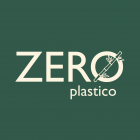Sustainable development: the benefits of consuming less and better
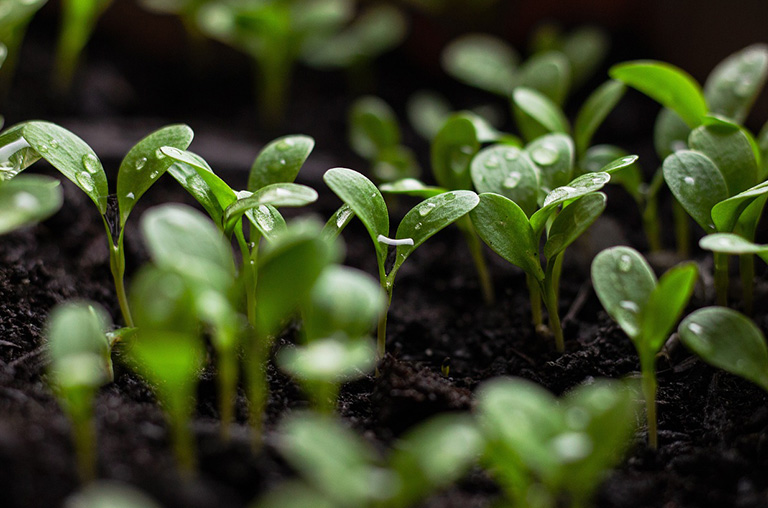
Perhaps you have heard the term sustainable development. You probably think of it as a concept related to pollution, consumption and environmental protection. If so, you’re not so lost! In reality, sustainable development also includes population growth and the use of natural resources to produce all the goods we need and those we do not need. At Greenpeace we want to focus on the sustainability of life. Thus, the concept of sustainable development appeared for the first time in the Brundtland Report of 1987. The report warned of the negative impact of economic activity on the environment and the threat posed by future population growth. By 2040, there will be approximately 3 billion middle-class consumers, increasing demand for natural resources.Here we briefly explain what sustainable development is and how it is related to the economic transformation that changes the logic of consumption. By improving our practices and reducing consumption, we can contribute to a promising future of well-being for all. At Greenpeace Mexico we want a sustainable future like you.That is why we created the Responsible Consumption Platform. This includes asking local governments for input and agreeing to make it happen. What is sustainable development?Simply put, according to the Brundtland Report, sustainability means development that meets the needs of the present in a way that balances economic growth, environmental protection and well-being without compromising the opportunities of future generations. of the society. Global action is needed to address the biggest challenges facing humanity: hunger, inequality leading to poverty, the destruction of the planet and climate change. For this reason, sustainable development has become an essential part of the 2030 Agenda adopted by the United Nations (UN) in 2015, and many countries are working to improve the lives of everyone on the planet. Responsible consumption is one of the decisions we can make on a personal level to move towards a more sustainable social life.To achieve sustainable development and general well-being, it is important to consider not only economic issues, but also social cohesion and environmental protection. One of the most important aspects of achieving sustainability is, of course, eliminating the excessive use of natural resources used to produce the products and goods we consume. It is important to note that although “sustainable development” and “sustainable development” have been used synonymously for some time, the former term is preferred for reasons of accuracy. Other activities that Greenpeace Mexico believes contribute to the achievement of development goals include economic transformation, that is, a focus on the sustainability of life in all its aspects (natural, political, social and cultural).We can change the paradigm by moving the economy. A collaborative economy with social and environmental impact helps reorient our role as consumers. Sustainable development goalsAccording to the 2030 Agenda, the United Nations Action Plan to achieve sustainable development includes a total of 17 goals, of which 169 are commitments signed by more than 190 countries. Of the 17 tasks, six are directly related to environmental issues, but all aim to increase the level of protection of nature and resources. Responsible consumption is included in Goal #12 because its impact on the environment and vice versa, consumerism threatens the safe future of life on Earth. Achieving responsible consumption means reducing, reusing and recycling food waste and waste per capita. According to the United Nations, when the world’s population reaches 9.6 billion in 2050, as predicted, the equivalent of three planets, including Earth, will be needed to meet resource demand. As individuals, we have an obligation to do our part. The collaborative economy encourages us to question our roles and think about what we consume and how we do it. At Greenpeace Mexico we are interested in involving more people in better consumption and reducing practices that pollute the environment and waste natural resources. Learn how to consume better and ask your local government to take appropriate responsible consumption measures. Sustainable development in MexicoIn Mexico, according to the government’s own assessment, there are four problem areas where improving consumption would have a positive impact on the country. That is, the relationship between economic growth and environmental degradation, recent shortages, cities and food waste.As Mexico’s gross domestic product (GDP) grew between 1990 and 2010, its population grew. io, as well as carbon dioxide (CO2) emissions, the generation of solid waste and the generation of industrial waste. During this period, approximately 6 million hectares of forests and jungles were destroyed throughout the country. Therefore, responsible production and consumption are a central issue in Mexico. Based on international commitments and national legal frameworks, countries must ensure compliance with the goals of Goal 12. By 2018, three years after the launch of the 2030 Agenda, Mexico had managed to reduce the economic costs of natural resource depletion and environmental degradation by 9% (2). However, there is still much to be done, especially in terms of preserving and protecting biodiversity, biocultural heritage and revitalizing local economies. Fortunately, as a society we can and must act. Greenpeace offers a variety of options and consumer guides that you can follow to live a more balanced life while caring for the planet. Responsible consumption is one of the individual measures that has an important positive impact the more people participate. Please join us in signing this petition to help governments implement guidelines and do your part to ensure better consumption. Let’s improve consumption with peas!At Greenpeace México we are committed to helping you become a responsible consumer. Therefore, on our platform you will find information, advice and recommendations to achieve this goal. To consume better, we must act responsibly and review our consumer habits and habits, including eliminating unnecessary products, purchasing less essential goods, and aligning consumption with the local economy. Our responsible consumption website is designed so that you can easily access and discover the topics that interest you most. What connects all the dots is an interest in reducing the negative impact on the planet through green measures and lifestyles. The “Responsible Consumption” platform is divided into four axes of action:
Visit to Finca Encuentro
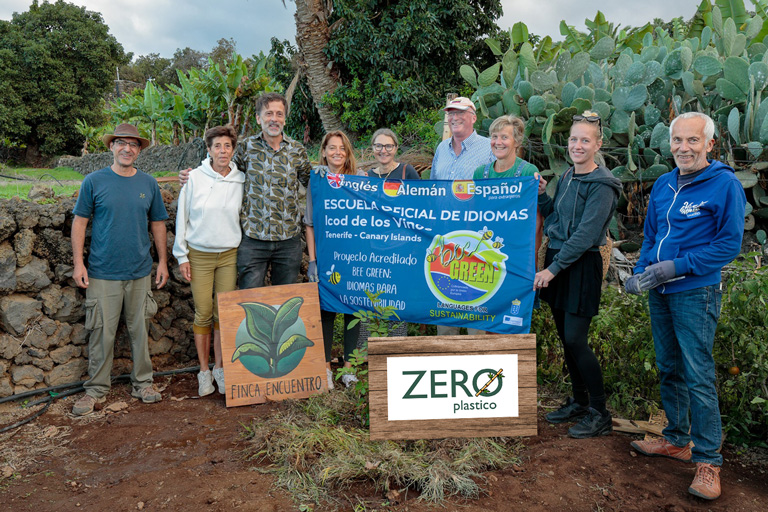
🇪🇺🇬🇧🇩🇪🇪🇸🇮🇨20 students of the A2 Conversation course of Spanish as a Foreign Language of the Official Language School Icod de los Vinos visited the ecological farm FINCA ENCUENTRO🌻 in collaboration with the NGO Canarias 0 Plastico y within the framework of the Erasmus+ Project 🐝BEE GREEN: LANGUAGES FOR SUSTAINABILITY🌳🌍🇪🇺This visit has allowed us to discover a wonderful sustainable project in the municipality of Puerto de la Cruz. The Spanish students have been able to visit and learn about the various sustainable initiatives that are developed on the farm and understand their benefits. Likewise, you have been able to talk and practice your knowledge of Spanish throughout the visit with expert guides who are passionate about their work.We have learned fundamental aspects for environmental protection, we have all planted a tree 🌳 and we have ultimately had a fabulous afternoon 😁Thanks to 🦋FINCA ENCUENTRO🐛 and Canarias 0 Plastico for these unforgettable moments 💚🤗 (soon we will return with English🇬🇧 and German🇩🇪 students)
You can consume responsibly with these 7 points
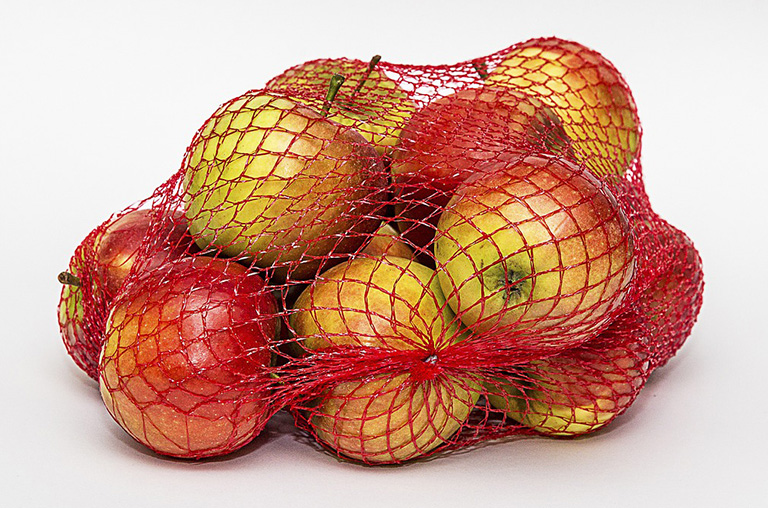
You can spend responsibly with these 7 keysToday is Responsible Consumption Day! Although we are still locked at home due to the epidemic, when you wake up, have you ever thought that consumption has become a part of our daily life? We consume electricity, food, online products, gasoline or public transport tickets and, unintentionally, we also consume thousands of maritime containers. What we choose to consume matters because we can favor those working to protect the environment, bringing those products or services closer to us, or we can choose to support neighborhood businesses and shop closer to us instead of from large corporations. However, we must remember that neither the city or town in which you live, nor the hyperconsumption systems in which we operate, nor the advertising that they force us to swallow every day, can help you achieve this. The responsibility to consume less, to be sustainable, to be local, to have zero waste, to produce no emissions, to support individuals or small businesses instead of big companies is not only our responsibility, but also largely depends measure of their country’s policies. area. Responsible consumption, obstacle courseResponsible consumption continues to be a barrier, but your city council can make it a reality by promoting local and sustainable products, short marketing channels and agroecological public purchases, plastic reduction, wholesale sales, clean energy, sustainable mobility. Live easier, help the planet and more. If you have identified how your community, city or town needs to improve, please feel free to send it to your political leaders with your ideas in this document. In fact, if you think you can’t do it alone, you can join a movement, community or NGO that works to improve your area. Those with political responsibility must listen to us and we can present our demands to them by mail, letter, in person (with all the necessary security measures) or even through social networks, generating social pressure to implement them. What else can I do besides ask?In addition to demanding that the places where we live be reinvented to improve their sustainability and quality of life, we can follow these 7 keys to responsible consumption: 1. Buy food: Support producers in your nearest urban or rural area.Look for them in consumer groups, market stalls, community stores that sell through short channels or even online stores where you can order from their garden/field/sea to your table. There is a wide range of products: fruits, vegetables, cheeses, honey, drinks and more, all grown and made sustainably near you. Support their work and their delicious products instead of automatically selecting items from the supermarket, even if that means going to three nearby stores instead of getting everything in one. 2. For clothing, technology, and other products: Buy only new items that are absolutely necessary.Before buying a new one, think carefully about whether you need it or not, and if you buy it used you may want to take it to your neighbor, town or city to have it repaired or replaced. For example, have you ever considered that what may not be appropriate for the youngest children in your family (clothes, toys, etc.) may be appropriate for other boys and girls in your neighborhood and vice versa? Buying a new item involves many more emissions and raw materials than repairing, replacing or choosing a used one. If you have no choice but to buy something new, try spending your money at local neighborhood businesses instead of large corporations. 3. Online Shopping – Spend less and choose small businesses over big appliance companies.Also, only buy online if the physical store that sells the product is more than 15 kilometers away and you cannot walk or ride a bike. To avoid tripling shipping emissions, it is important not to select expedited shipping when purchasing. You can find more information about when you can’t use e-commerce and when you should use it. 4. For general consumption: remember the rural world.Support local producers and artisans. The object you are looking for can be found in the nearby field and has greater meaning and soul than any object found in a large area. 5. If you want to use clean energy, replace the chip and explore all alternatives to your current electricity contract.Today, you can produce your own energy legally and technically, regardless of where you live, alone or with your neighbors. You can consume clean energy using your own consumption. But beyond this formula, there are many citizen initiatives, large and small, that can help us make the transition towards sustainable energy and contribute to systemic change to reduce emissions and improve our planet. Find out which one is best for you and do the same or share this app with your municipality. 6. To reduce waste: Buy everything you can in bulk, in reusable, returnable or disposable containers.Whether it is paper, cardboard, biodegradable, plastic or aluminum packaging, its use and disposal is very costly in the form of waste, landfills, emissions and environmental pollution that we have to manage. This may not be possible if you try it in the supermarket, but in stores you can find fruits, vegetables, meats, fish, flours, pastas, spices, nuts and many other products in bulk that you can transport in containers. 7. To travel emission-free: walk or cycle if possible.Explore your neighborhood to see what shops, parks or services are within 15 minutes and avoid long commutes. If you need to go further, choose public transportation. It costs less and you don’t have to look for parking. We all have the right to access products and services that do not contribute to the climate or planetary destruction. If your neighborhood, town or city does not have these options, ask your municipality to implement them and involve your neighbors! Contribute to the sustainability of your city, region or municipality through responsible consumption and demand that political leaders reinvent their policies so that responsible consumption is not an obstacle. To take action!
Update on plastic recycling
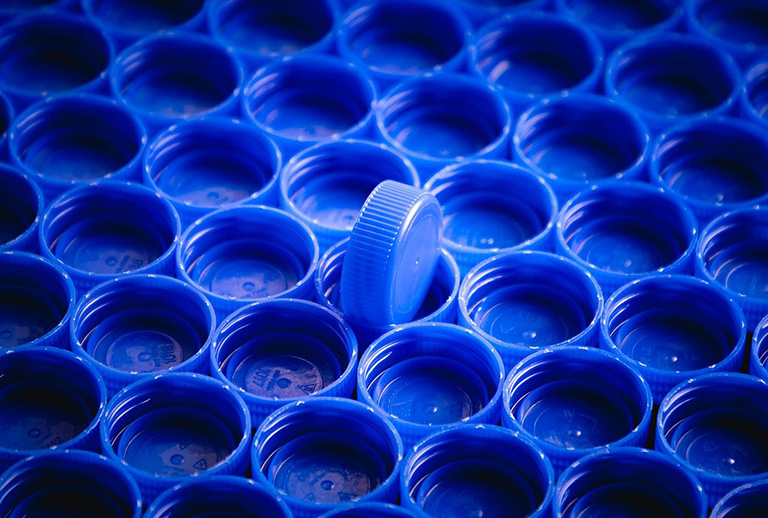
A step forward in plastic recycling: CSIC researchers design a protein that is able to filter and degenerate PET. The protein message can be produced at room temperature and can be targeted in plant recycling blankets as well as in water treatment plants. Every year, about 400 million tons of plastics are produced worldwide, a number that increases by about 4% annually. Of this amount, polyethylene terephthalate (PET) accounts for about 10% of the total volume, with the disadvantage of the complexity of its recycling and its partisan facet of wasting away into smaller and smaller particles that are more and more difficult to contain: microplastics. Hence the significance that a toolkit of Spanish scientists, seasoned by researchers from the CSIC’s Institute of Catalysis and Petrochemistry, the Barcelona Supercomputing Center and the Complutense University of Madrid has achieved a cutting-edge breakthrough in the battle against plastic decay. In an exploration published in the circular Nature Catalysis, the researchers presented a cheesy protein message with the hand to vitiate polyethylene terephthalate microplastics, simple of the most prevalent plastics in packaging and bottles, thus opening up new aptitude for recycling and reduction. CSIC researchers give luminescence to an input report to diagnose retinal diseases with nanoparticlesUsing advanced computational methods, the researchers have anointed the shielding protein of the strawberry anemone, Actinia fragacea, with the ability to filter and curl PET microplastics. “What we are doing is something like adding new complements to a multi-purpose tool to provide it with different functionalities,” explained Víctor Guallar, ICREA preceptor at the BSC-CNS and one of the project leaders. Specifically, the protein designed features a protein that resembles the PETase enzyme from the germ Idionella sakaiensis, which is at the forefront of a packaging recycling gallantry in Japan remotely by 2016 and is aptly known for its potential to bastardise plastics of nascent type. The protein notice operates at room temperature, avoiding the diffusion of high levels of CO2 associated with other methods of vileness at higher temperatures. In addition, its pore size allows it to be used in filters, pure for desalination and purification plants. In that sense, the scientists designed second time variants, according to the order places of the new amino acids. “One transformation breaks down the PET particles more thoroughly, so that they could be styled for ignominy in scrubbing vegetation. The other gives ship to the sigla components that are needed for recycling. From this phase, we can purify or recycle, depending on the needs,’ explains Laura Fernández López, who is working on her doctoral theory at the CSIC’s Institute of Catalysis and Petrochemistry (ICP-CSIC). Guallar’s results indicate that the protein report is ready to vitiate PET micro- and nanoplastics with “an effectiveness between five and ten times higher than that of PETases at room temperature”.
